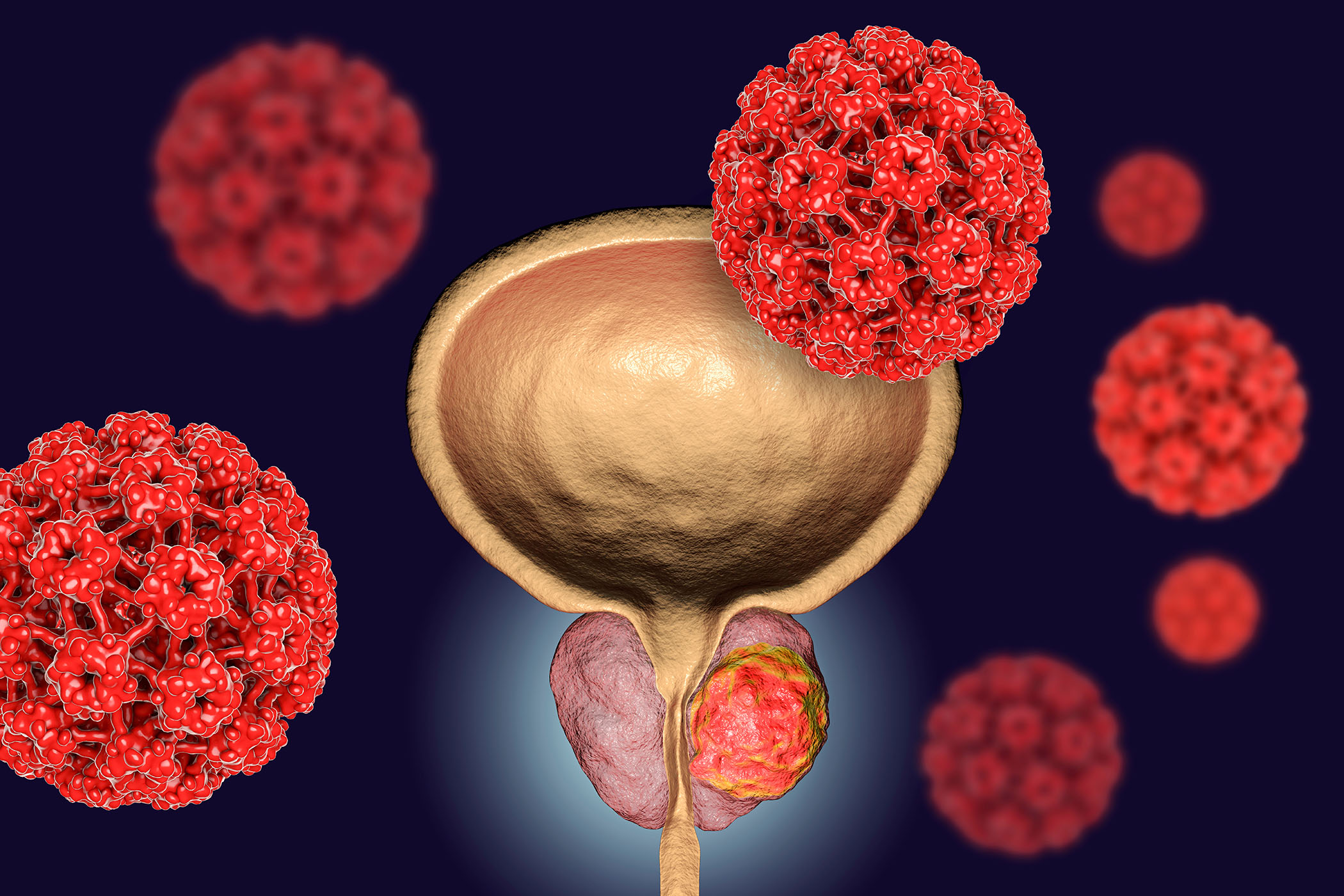

Rutgers researchers can predict which patients will benefit from a popular prostate cancer drug – and have devised a strategy that may make the treatment work longer.
“This work should help doctors know which patients’ prostate cancers will and won’t respond to the androgen deprivation therapy enzalutamide, which can slow prostate cancer growth by disrupting androgen receptor signaling,” said Antonina Mitrofanova, associate professor of Biomedical and Health Informatics, associate dean for research at the Rutgers School of Health Professions, researcher at Rutgers Cancer Institute of New Jersey, and lead author of the study. “We hope this gets effective treatment to more patients in less time, and we hope follow-up research makes the benefit that many patients receive from enzalutamide work longer.”
For the study in Nature Communications, Mitrofanova’s team developed computational algorithms to discover why the prostate cancer drug enzalutamide (sold under the brand name Xtandi) never works for some patients and why it eventually stops working in others.
The researchers analyzed advanced prostate cancer patient data to map interactions among molecular pathways and their upstream transcription factors (proteins that regulate the expression of multiple genes) in prostate cancer cells. Their attention centered on the MYC pathway because of its known role in prostate cancer. They discovered that another protein and transcription factor, NME2, works closely with MYC in advanced prostate cancer cells that resist enzalutamide and continue to spread.
Analysis of medical records found that patients with elevated levels of MYC and NME2 were five times less likely than others to benefit from enzalutamide. The analysis also found that protein levels climbed significantly in most patients who only responded to the drug temporarily.
The Rutgers team worked with colleagues at Northwestern University, Sarki Abdulkadir and Vishal Kothari, to confirm these findings with experiments on cancerous tissues and laboratory mice. Their work again showed that elevated levels of MYC and NME2 were associated with poor response to enzalutamide, both in tissue samples and live mice.
This research also demonstrated that MYC and NME2 could rise in response to enzalutamide usage – which explains why the drug could eventually stop working. But there was a silver lining: Reducing NME2 and, thus, MYC levels restored the efficacy of enzalutamide in cancers that had grown resistant to its effects.
Any improvement in prostate cancer treatment would produce widespread benefits, the researchers said. Prostate cancer is the second most common cancer in the United States and the fourth most common cancer worldwide.
This study marks a significant step toward understanding and treating advanced prostate cancer, in which the cancer has spread beyond the prostate itself and becomes resistant to the older androgen deprivation therapies that are typically used as initial treatments for the disease.
The results from the study indicate patients with elevated levels of MYC and NME2 who become resistant to enzalutamide may still respond to alternative medications, such as abiraterone (ZYTIGA), which don’t stop working when MYC and NME2 levels rise and could significantly benefit from therapeutic targeting of MYC axes, restoring efficacy of enzalutamide and making it work longer for these patients.
“The results from both the computational analysis and the lab experiments were robust,” said Mitrofanova. “But we hope to follow this work with a trial in human patients. That’s the next step.”

